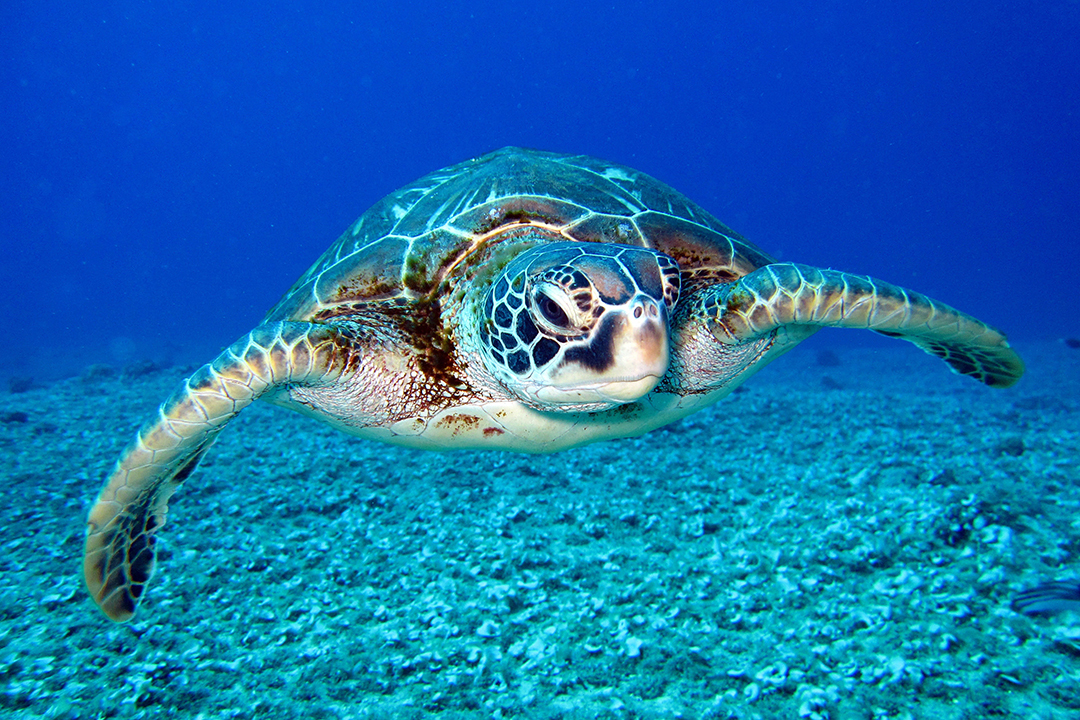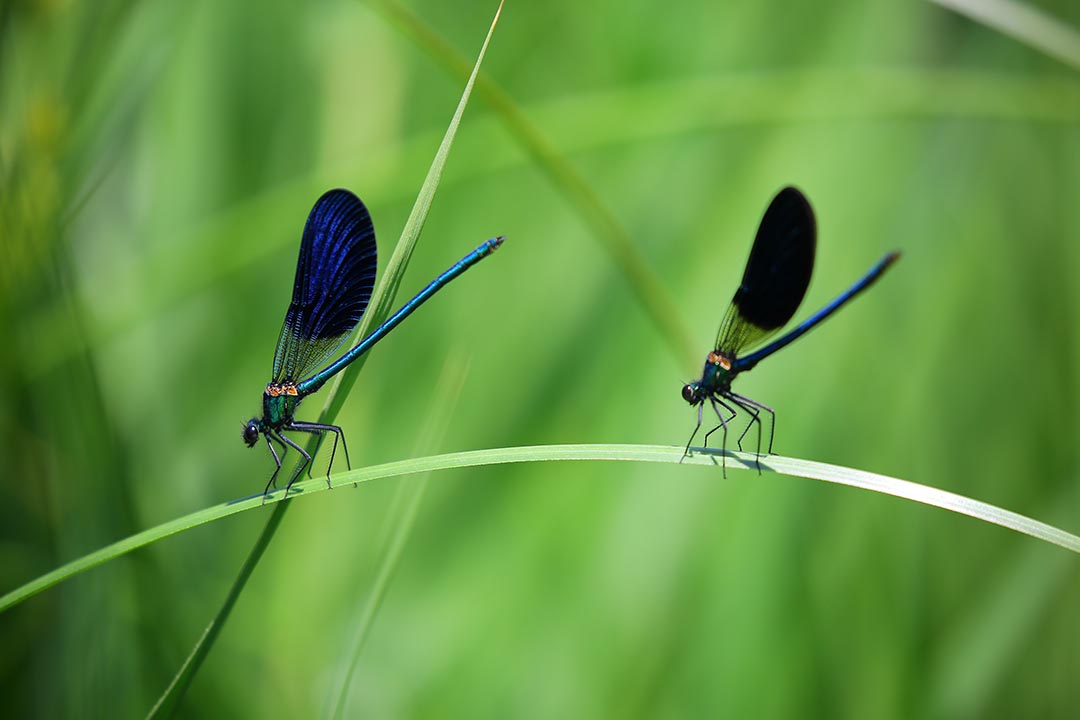
- Details
- By aniprocs
- Wildlife and Ecosystems
- Hits: 3221
Sea turtles rely on the moonlight to guide them to the ocean after hatching. Sea turtles rely on the moonlight to guide them to the ocean after hatching, but artificial lights can disorient them, causing them to head towards danger instead of the safety of the water. In addition, light pollution interferes with the nesting habits of adult female sea turtles, who are attracted to bright lights instead of natural light sources such as the moon. This can lead to reduced hatching success and fewer sea turtles surviving to adulthood. Coastal communities can help by turning off lights during sea turtle nesting season, using red or amber lights instead of white lights, and shielding lights so they are not visible from the beach.

- Details
- By aniprocs
- Wildlife and Ecosystems
- Hits: 544
Insects are the foundation of many ecosystems. Insects are the foundation of many ecosystems, serving as pollinators, decomposers, and prey for other species. However, light pollution is having a significant impact on insect populations. Bright lights attract insects, causing them to waste energy and expend vital resources. Additionally, artificial light disrupts the mating and migration patterns of insects, leading to decreased populations. To protect insects and the ecosystems they support, communities can reduce light pollution by turning off lights when not in use, using yellow or amber lights instead of white lights, and installing lights that emit a lower intensity of light.




